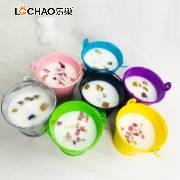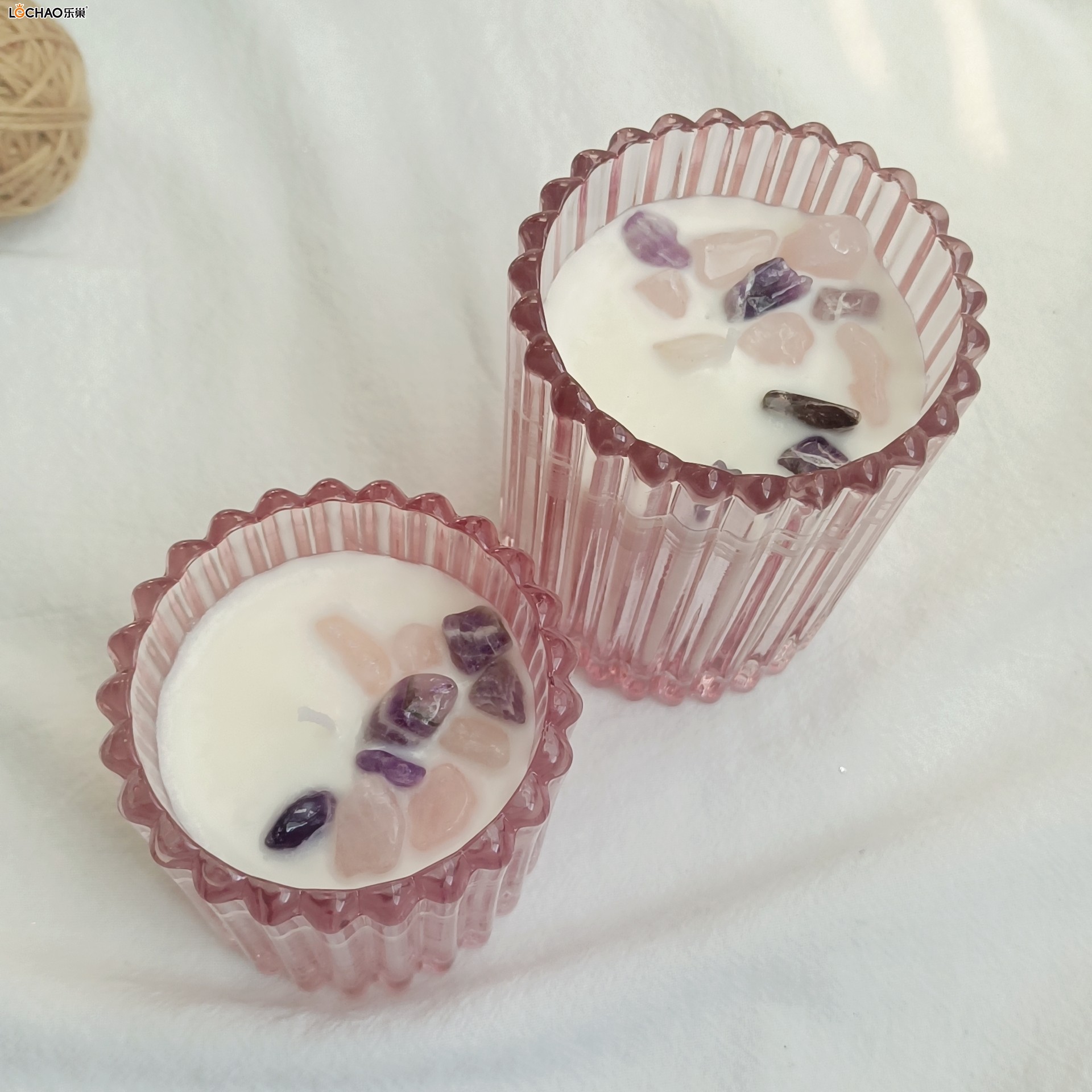Scented candles can decorate our home and bring people joy and peace, but how should we choose scented candles?
What kind of wax base should we choose? When choosing the wax base of scented candles, natural, environmentally friendly and healthy materials should be
given priority, and wax bases containing harmful substances should be avoided.
The following is a comparison and recommendation of several common wax bases:
1. Soy wax (best recommendation)
- Advantages:
- Natural and environmentally friendly, made from hydrogenated soybean oil, harmless to the human body.
- Low melting point (45~50℃), high combustion efficiency, and not easy to produce black smoke.
- Long burning time, 30%~50% longer than paraffin candles.
- Suitable for adding essential oils, good fragrance diffusion effect.
- Applicable scenarios:
- Container candles (45~50℃) or columnar candles (55~60℃, hardness needs to be adjusted).
- Note:
- 68℃ soybean wax is harder and easy to crack, and needs to be blended with soft wax (such as 40℃ soybean wax).
2. Beeswax (high quality but expensive)
- Advantages:
- Natural beeswax, healthy and environmentally friendly, no black smoke when burning.
- It has its own honey fragrance, no need to add essential oils.
- It is hard and has good shrinkage, suitable for mixing with soybean wax to enhance hardness.
- Disadvantages:
- It is expensive (twice the price of soybean wax), and there are few pure beeswax candles on the market.
- Applicable scenarios:
- As an additive (accounting for 30%~40%) to improve the hardness and ductility of soybean wax.
3. Coconut wax (gentle but expensive)
- Advantages:
- Natural plant wax, low melting point, suitable for skin contact (such as hand cream).
- Gentle burning, suitable for sensitive people.
- Disadvantages:
- The price is higher than soybean wax.
4. Palm wax (special effect)
- Advantages:
- It solidifies quickly, suitable for making ice flower texture candles.
- It works well with essential oils.
- Disadvantages:
- High mold temperature (90℃), complicated operation.
5. Paraffin (not recommended)
- Disadvantages:
- Petroleum refining, combustion may release impurities.
- Produce black smoke and odor.
- Exceptions:
- Food-grade paraffin is safer, but it is difficult for ordinary consumers to distinguish.
Summary recommendation:
- Best choice: soybean wax (cost-effective, environmentally friendly and healthy).
- High-end choice: beeswax or coconut wax (more natural, but more expensive).
- Last choice: paraffin (try to choose food-grade paraffin).
If you pursue the effect of fragrance diffusion, you can also use it with natural essential oils (added at 55℃) to increase the fragrance.





